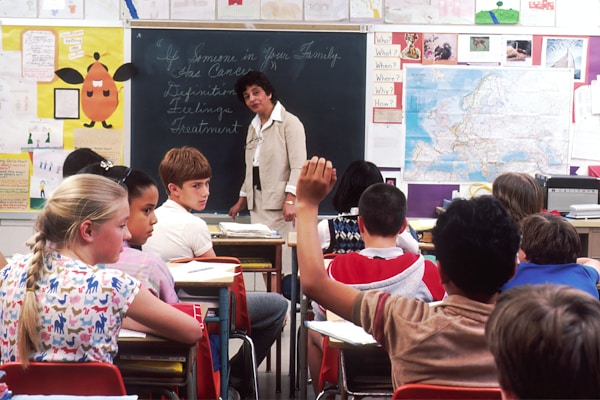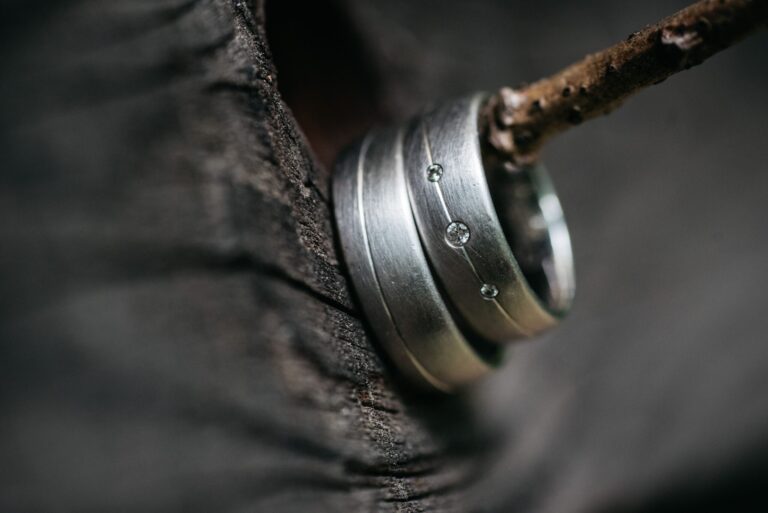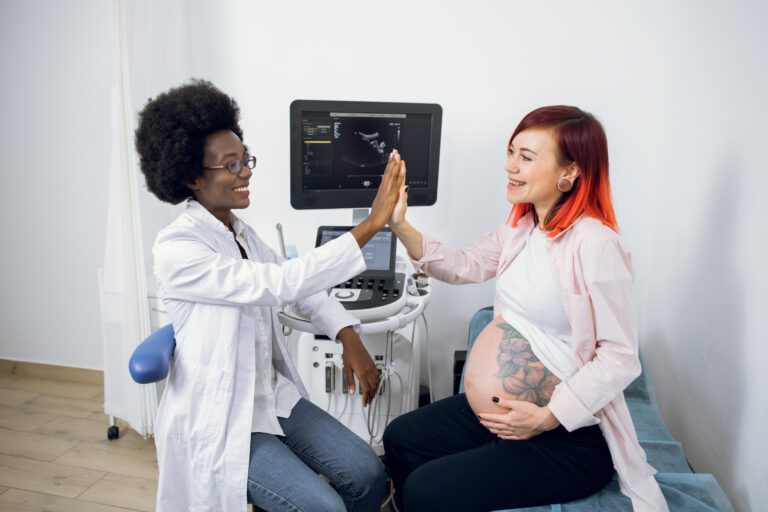The way we dress communicates a lot about who we are and what we do. It’s important to dress for success in any profession, but especially in education. While there are different educational settings, the majority of positions require a level of professional attire. No matter if you have a job in education or are looking for an opportunity, it’s important to pay attention to your dress.
If you have used WorkMonger to match with a potential educational job opportunity, it’s important that you dress for success when you go for your interview. As discussed, educational positions all require a certain standard of dress. It’s important that you demonstrate that when you show up for your interview. Finding a career opportunity can be easy with job services. However, you will need to dress for the part if you want the job. If you already have a job in the education sector, it’s important that you maintain your professional attire.
Different types of education professionals have different dress codes for work. For example, teachers in public schools typically dress more casually than university professors. However, there are some general guidelines that can help with upgrading your look with new clothing, no matter what type of educational professional you are. Keep reading to find out how different types of educational professionals should dress for work.
Attire for a Job Interview in Education

When dressing for a job interview in education, it is important to consider the type of profession you are interviewing for. For instance, if you are interviewing for a teaching position, it is appropriate to dress in business casual attire. This may include slacks or skirts, blouses or sweaters, and closed-toe shoes. You want to look professional and put together but not too formal or stuffy. If you are interviewing for a position as a school administrator or principal, it is appropriate to dress in more formal attire. This may include suits or dresses, closed-toe shoes, and professional hairstyles. Again, you want to look professional and put together but not too stuffy. If you are interviewing for a position as a guidance counselor or psychologist, it is also appropriate to dress in business casual attire.
Appropriate Attire for Administrators

The appropriate attire for administrators in the educational profession can vary depending on the type of job they have. For example, a school district superintendent may need to dress more formally than a principal or teacher.
Generally speaking, those in administrative positions should dress professionally and conservatively. This means clothing that is neat and clean, with no stains or wrinkles. Men might wear slacks, a shirt and tie, and women might wear skirts or pantsuits. Suits are typically considered to be the most professional clothing option for either gender. Shoes should be polished and comfortable enough to walk in for long periods of time.
Appropriate Attire for Teachers

The appropriate attire for a teacher can vary depending on the type of school they are working in. In general, most teachers should dress professionally and modestly. This may include slacks, skirts, blouses, and dresses. Shoes should be professional and clean. Teachers in private schools may have standards that are different from their colleagues who teach in public schools.
In some cases, it may be appropriate for a teacher to wear jeans or other casual clothing if they are working with students on a project or if the class is doing an activity outside of the classroom. However, teachers should always avoid wearing clothing that is too revealing or inappropriate for school. It is also important to dress appropriately for special occasions such as parent-teacher conferences or open houses.
Overall, it is important to dress professionally and conservatively in any professional position. However, educators must be cognizant of their attire and dress appropriately for the role. Educators at all levels are professionals, and the dress standards reflect the position and professionalism.






